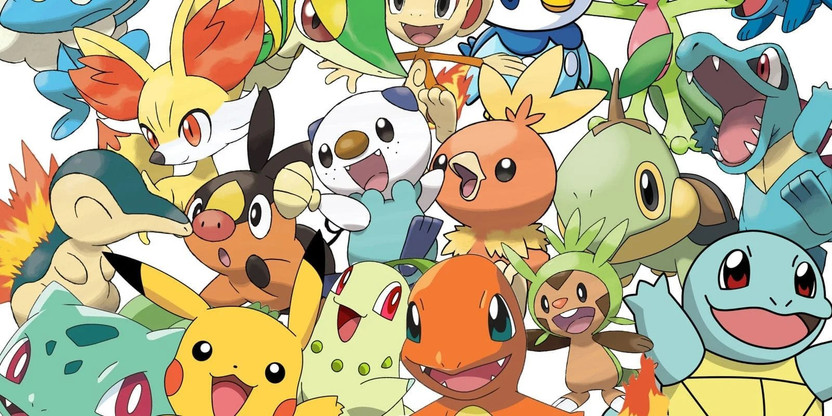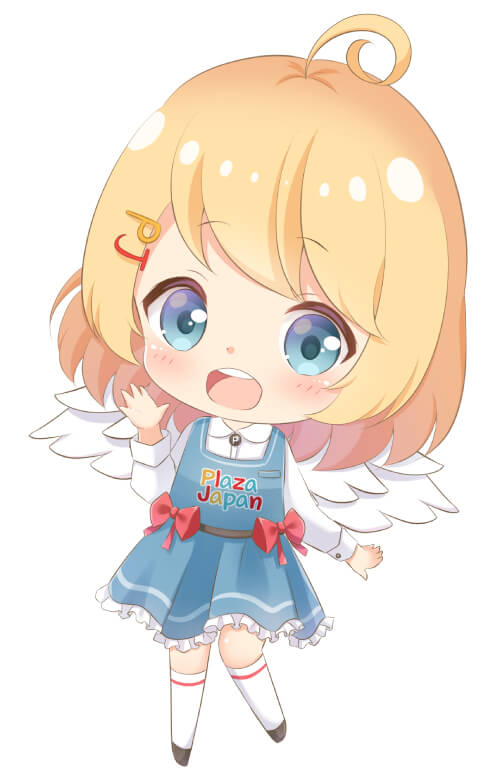15 Pokemon Facts You Didn’t Know - From Surprising Origins to Weird Trivia
Jul 21, 2022
With the Pokemon franchise beginning in
1996 with the game Pokemon Green and Red after the launch of the Nintendo Game
Boy, Pokemon facts have piled up over the years with even the greatest of
Pokemon Masters struggling to keep up with the information (Too much for even a
Pokedex to handle? Too much for a Pokedex to even handle.) Fear not, as we have
traveled across the lands searching far and wide for Pokemon facts and trivia
that will keep you up to date (no slowpokes allowed!)

1. Clefairy was intended to be the mascot of Pokemon rather than Pikachu.
In the original Pokemon manga released in
Japan, Red, the main protagonist which Ash is closely based on, has a Clefairy
for his partner Pokemon. It was considered for Ash to also have a Clefairy in
the anime however, in order to tend to mass appeal, Pikachu was ultimately the
chosen one.
2. Pikachu’s name comes from the Japanese onomatopoeias “Pika Pika” and “Chu Chu”.
“Pika Pika” is the sound for sparkling while “Chu Chu” is the sound a mouse makes in Japanese.
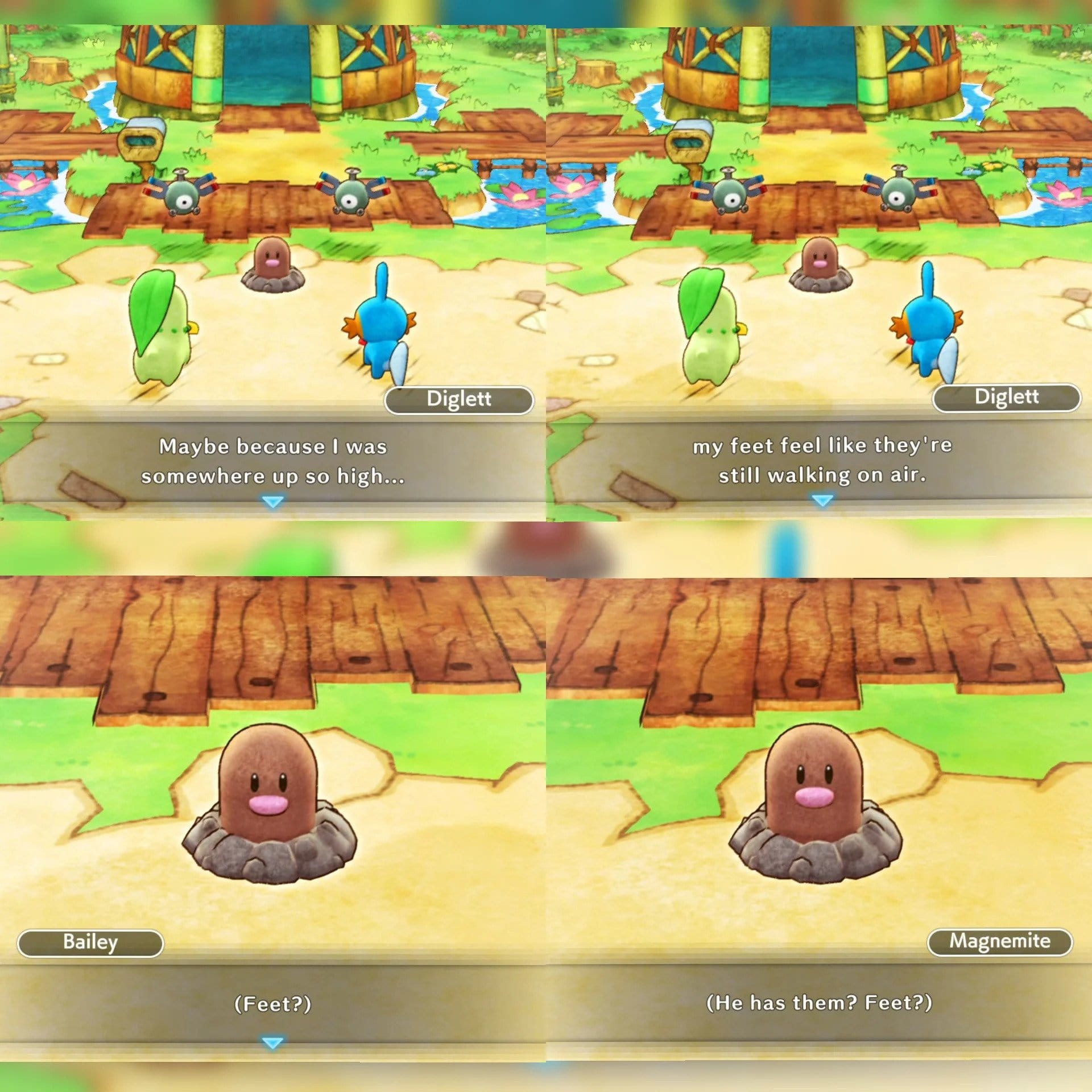
3. In Pokemon Mystery Dungeon: Rescue
Team DX, a Diglett mentions that it has feet although their appearance is
unknown.
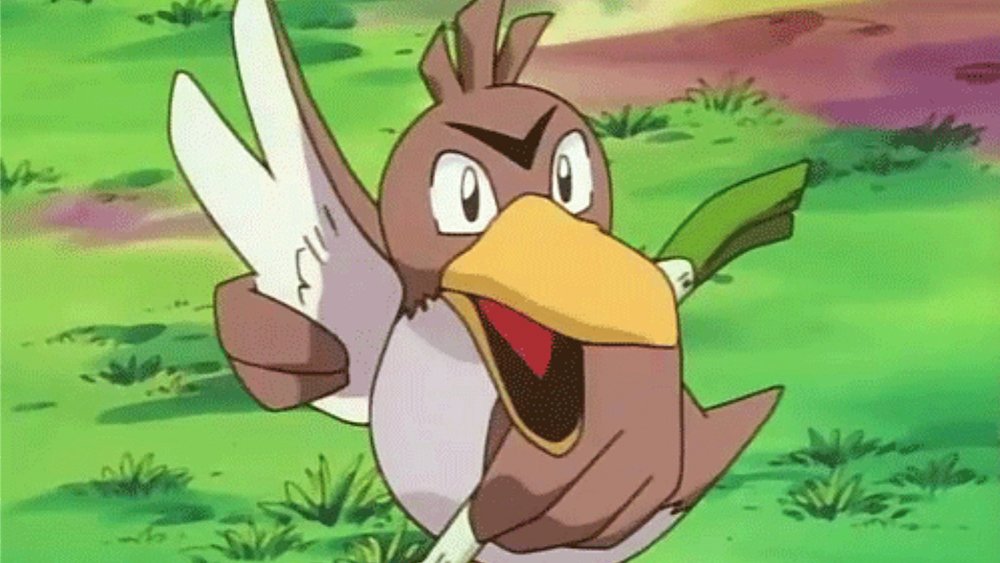
4. Farfetch’d’s name (kamonegi / duck green onion in Japanese) is based on the Japanese Proverb “a duck comes bearing green onions”.
The proverb is a reference to a lucky
occurrence, as duck stew is said to be delicious when served with green onions.
Due to the rarity of such a lucky event, some may say that it’s “far-fetched”.
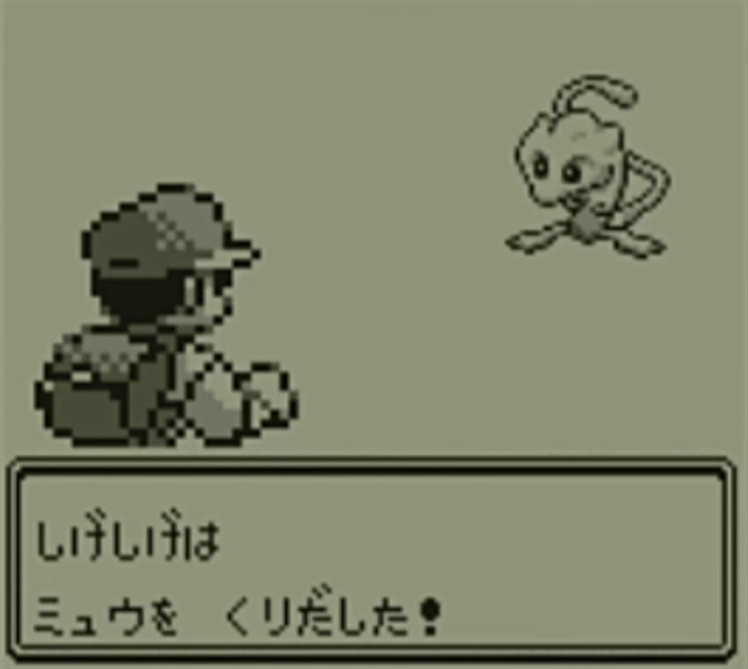
5. Mew was added just two weeks before game development finished for Pokemon Red and Green.
Due to this, very few people who worked at
Nintendo actually knew that Mew was in the game.
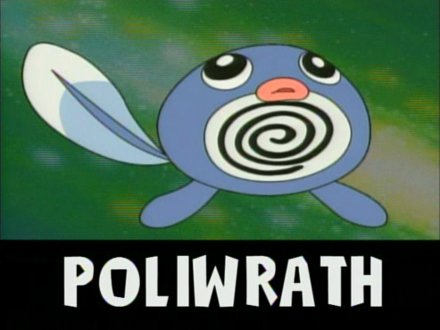
6. In the Kanto Pokerap, Poliwag is
mistakenly shown when Poliwrath was mentioned.
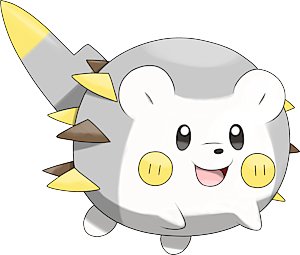
7. Togedemaru’s
name comes from the Japanese word for “thorn” (toge) and “round” or “circle”
(maru).
8. Pokemon Scarlet and Violet is described as the series’ first open-world RPG.
The official website for the game states
that you’ll be able to “experience a new style of adventure, with a world that
you’re free to explore at your leisure and not in an order dictated by the
story”.
9. Morpeko’s name consists of the Japanese words for “Guinea Pig” and “Hungry”.
“Morumotto” is the Japanese word for Guinea Pig while “Peko Peko” is the sound of being hungry in Japanese.
10. Pikachu (along with Pichu and
Raichu) are the only known Pokemon known to be able to learn the move Volt
Tackle.
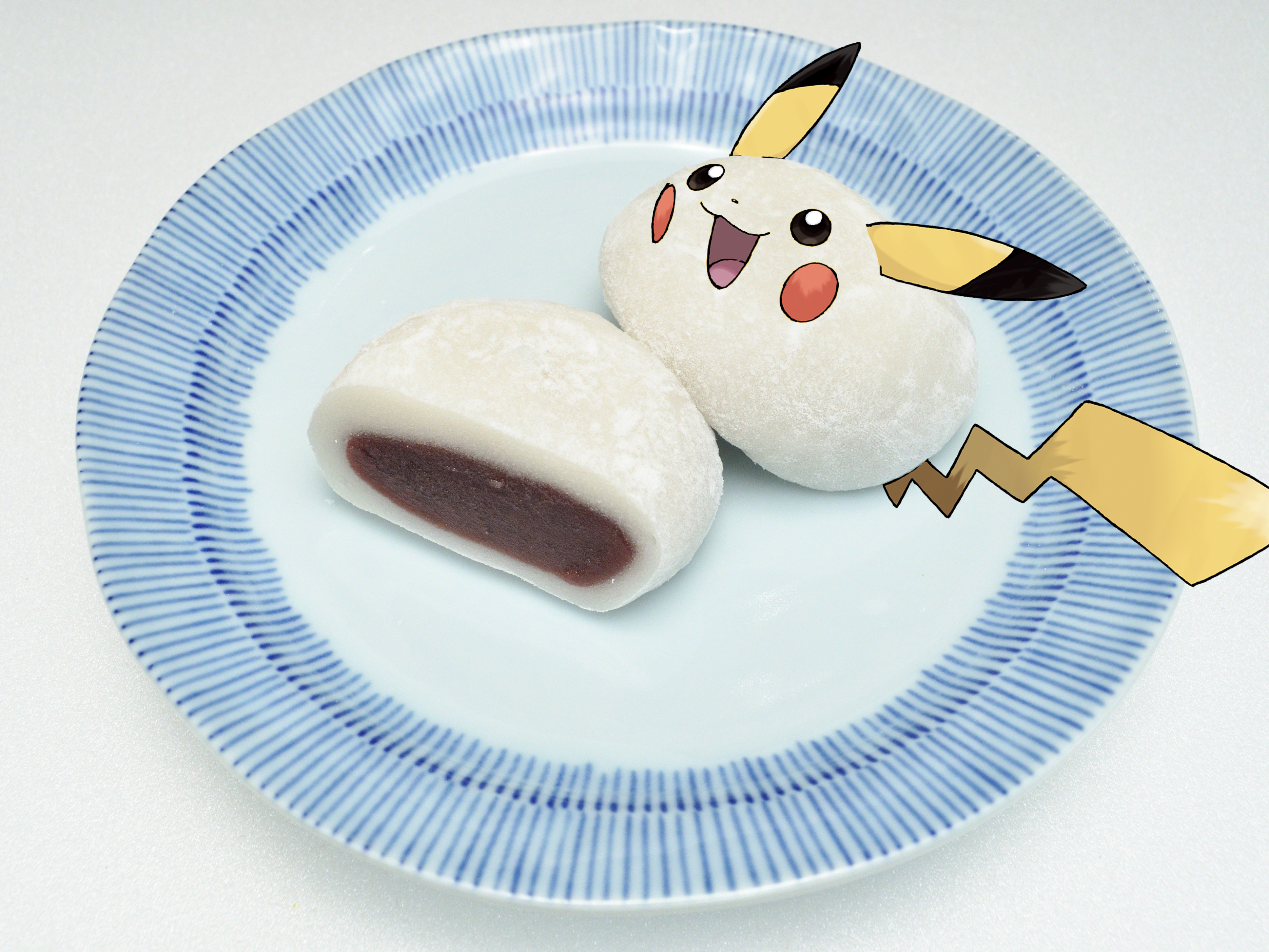
11. Pikachu’s initial design resembled a
long daifuku with ears sticking out.
This original concept is still visible in its black ear tips.
12. Entei’s name is comprised of two Japanese words: Enten (meaning “Burning Heat” and Kotei meaning “Emperor”.
13. In order to make Pikachu “cuter” (as
instructed by a Game Designer), Atsuko Nishida, the character designer of
Pikachu, added cheek pouches for it to store electricity.
These were inspired by squirrel cheeks as they store food.
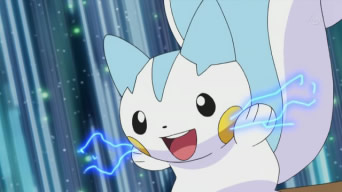
14. Pachirisu’s name is a mix of a Japanese word (Risu) and onomatopoeia (Pachi Pachi).
“Pachi Pachi” is the sound for electric crackling, while “Risu” means squirrel in Japanese.
15. Pikachu’s back stripes don’t
originate from anything specifically.
Nishida felt that because the player sees
the back of their Pokemon when they go into battle, Pikachu’s back would be
“lonely” without anything on it.
We here at Plaza Japan are also on a journey to become Pokemon Masters! We post Pokemon facts and photos on our Instagram so be sure to follow us for even more poke-info!
 JPY
JPY  Euros
Euros
 British Pounds
British Pounds
 Australia Dollars
Australia Dollars
 US Dollars
US Dollars
 Canada Dollars
Canada Dollars
 Chinese Yuan
Chinese Yuan
 Singapore Dollar
Singapore Dollar
 Hong Kong Dollar
Hong Kong Dollar

